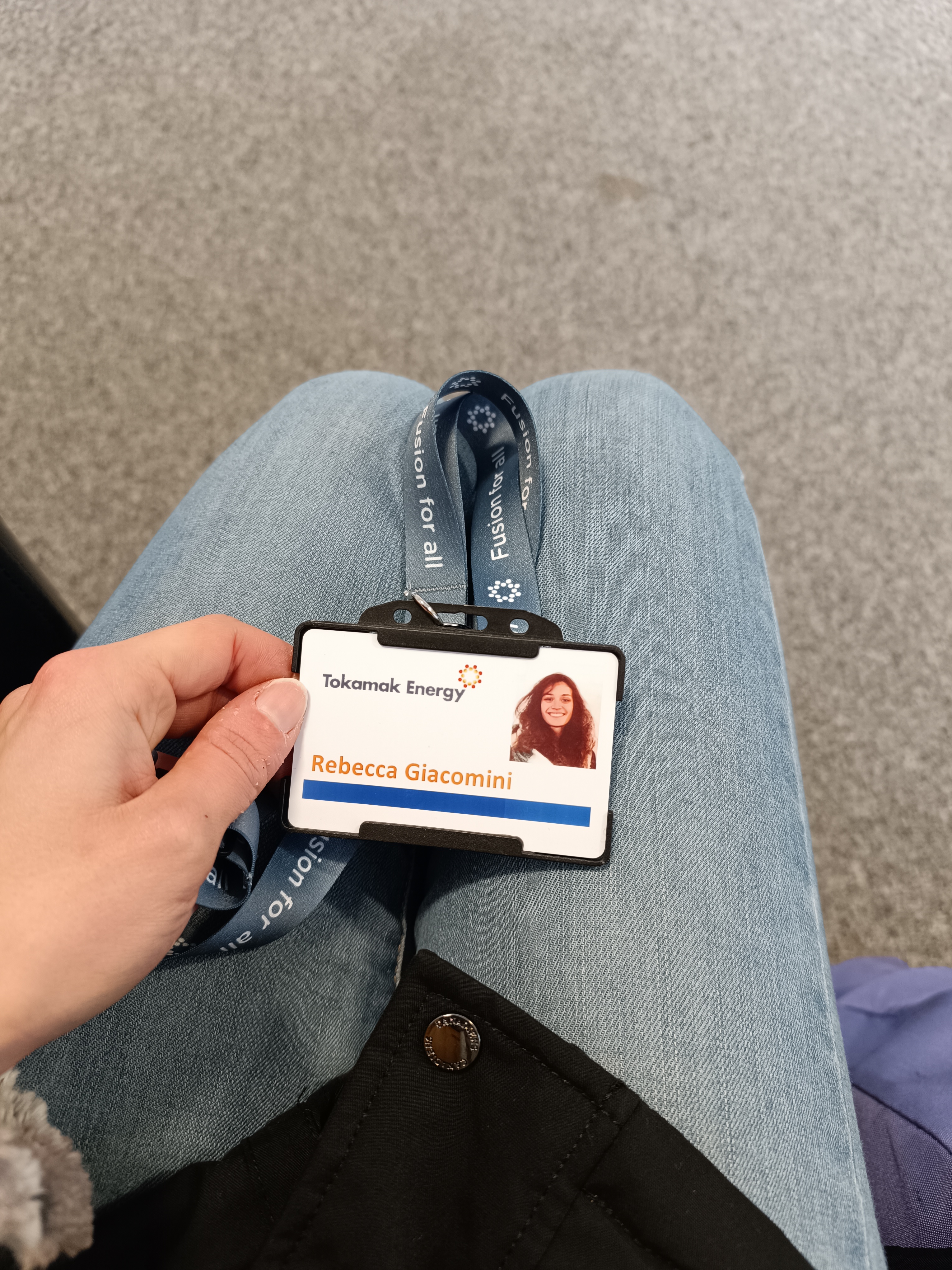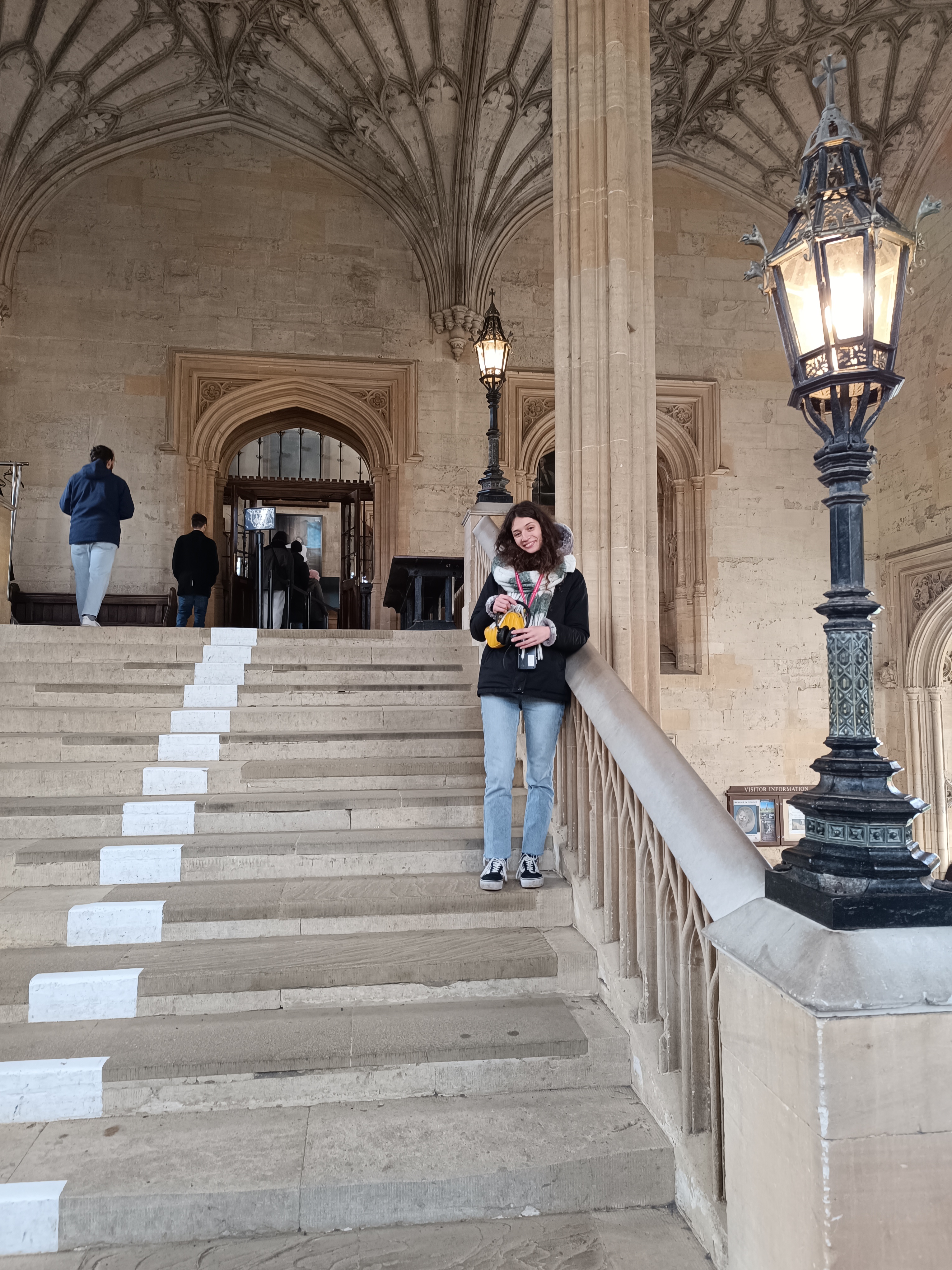From 8 of January to 22 of February of this year, I had the privilege of doing my graduation project at the Tokamak Energy Ltd in Oxfordshire, England. In collaboration with the team, I investigated how PF coils currents and voltages evolve in spherical tokamak for a replacement with HTSs. Extensive modeling activities have been undertaken such as TRUST (Tuscia Research University Small Tokamak), a new small tokamak currently being designed at the University of Tuscia. The common feature of the two machines is a poloidal system with the possibility of replacing at least some coils with an HTS (High Temperature Superconductor) in order to experimentally test such a system under all real operating conditions (electromagnetic and mechanical). The purpose of Tokamak Energy TE is to achieve the commercial feasibility of thermonuclear fusion by planning to exploit the knowledge and performances of STs by combining them with the technology of high temperature superconducting (HTS) magnets, so as to identify the smallest, faster and most economical solution as possible. The current state of the art, which concerns the nuclear fusion devices of the Tokamak Energy Ltd company, allows to introduce the ST40 tokamak. The dissertation deals with STs, a particular type of tokamak that has a flattened plasma shape towards the center of the machine. This configuration is more compact and allows a more efficient use of the high magnetic field that characterizes the inboard of the machine. In short, a spherical tokamak can generate a high-performance plasma in terms of pressure and temperature using relatively low magnetic fields. TSs therefore ensure a higher energy efficiency than conventional tokamaks. As regards ST40, it is the first high magnetic field ST in the world capable of reaching values above 2 T, in addition to a value of plasma temperatures of about 100 million degrees Celsius. It is therefore necessary to understand how these currents evolve in time so that we can predict whether action needs to be taken (e.g. active control system) to ensure that the PF coils perform at the required level.
With this in mind, I started my project: an analysis was carried out by simulating the EM loads discharging onto the structure of ST40 during a plasma disruptive scenario, following the coupling of the Eddy currents with the magnetic fields present in the machine. Specifically, the interest is on the estimation of the electromagnetic loads that act on the poloidal coils (PF) of ST40 during a defined disruption scenario. Moreover, the analysis will include, in a next step, a comparison currents and voltage variations analysis for the preliminary HTS model. One tool that would be particularly beneficial in this research was the MAXFEA code, which capable to promise of modeling of 2D plasma evolution analysis during a Vertical Displacement Event VDE disruption scenario. After MAXFEA was confirmed to pass the geometry structure check from experimental data (EFIT), we looked an experimental shoot #11010 and found that MAXFEA also reproduced the plasma equilibrium and the time behavior of the current with good agreement! We also investigated how this behavior would change according to MAXFEA during a VDEs, and here the results qualitatively agreed with our expectations and the previous TE experimental analysis. Finally, we investigated how this behavior would change according to MAXFEA if we modified one of the relevant parameter for coils: resistance of BVU coils (active control system) reproducing the superconducting behaviour, and here we recreated VDEs by voltage and current monitoring with a comparison analysis (copper vs HTS). Overall, I hit a few bumps along the way, but in the end this topic was a joy to work on and I'm happy how everything turned out. The experience of living abroad was also a positive one. I made many new friends during this period inside and outside the office. There are plenty of things to do in the city center as well, especially for the Harry Potter fans.
I'm very glad I took the opportunity to do my graduation project abroad and I recommend others to work with TE as well. I'd like to return to doing research at TE someday. I'm also very grateful for FuseNet, whose funding has helped ease the cost of moving to and living in England. P.S. Oxford has a few free entry museums. If you ever find yourself there, go visit them.


